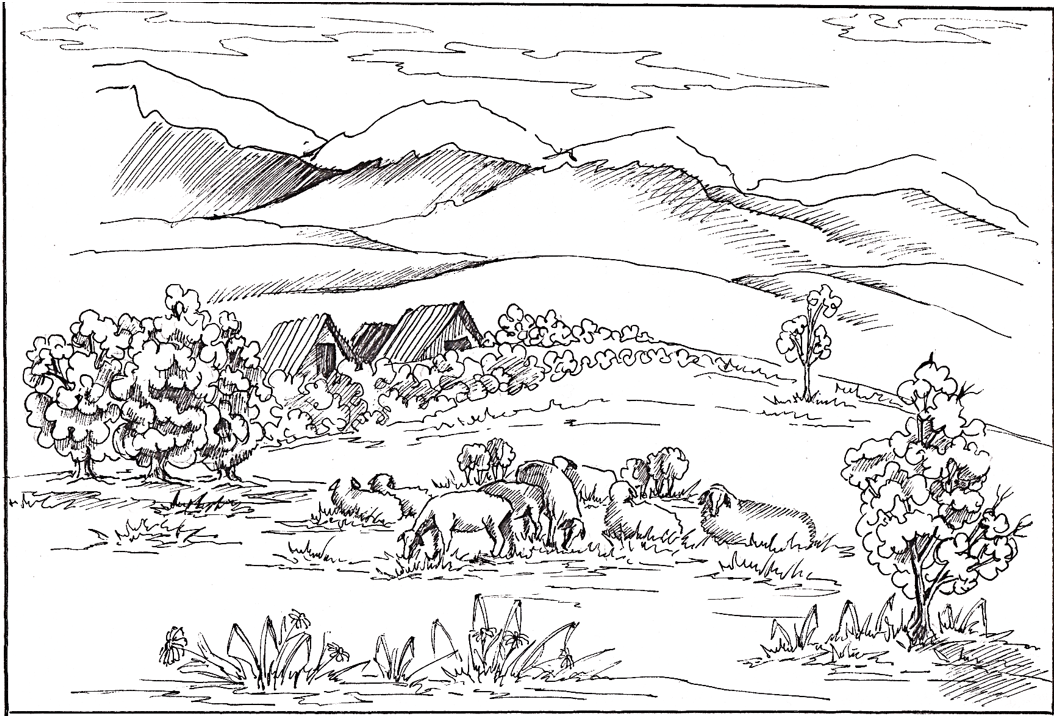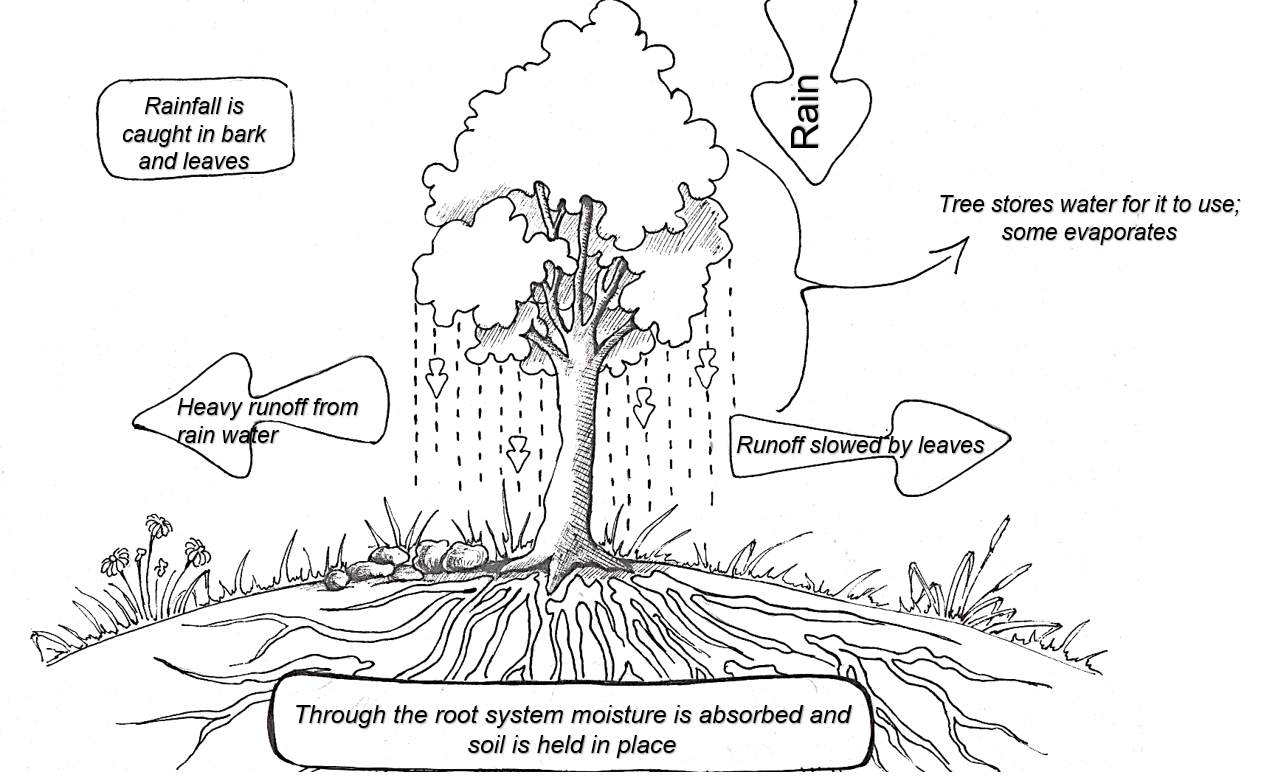


Al aplicar una perspectiva paisajística a la gestión forestal, se tiene en cuenta el ecosistema en su conjunto. Para esta solución, se ha prestado especial atención a la biodiversidad, la adaptación al cambio climático y la gestión de los pastos.
Una parcela forestal diversa tiene múltiples beneficios para el arrendatario forestal. En primer lugar, el arrendatario dispone de una cosecha diversa que contribuye a la seguridad alimentaria y nutricional. En segundo lugar, la diversidad de especies reduce el riesgo de plagas y aumenta la fertilidad del suelo. En tercer lugar, los bosques diversos proporcionan un hábitat para los polinizadores, que son cruciales para los árboles frutales y de frutos secos.
Tayikistán es propenso a las catástrofes, agravadas por la sobreexplotación de los recursos naturales y el cambio climático, que tiene fuertes repercusiones. Los corrimientos de tierras y las sequías son fenómenos comunes, pero su frecuencia e intensidad han aumentado considerablemente. La cubierta forestal en las laderas y a lo largo de las riberas de los ríos es una importante estrategia de adaptación y reducción del riesgo de catástrofes.
Además, el ganado pasta con frecuencia en zonas forestales, ya que los pastos escasean y la limitada tierra disponible se utiliza en exceso y se degrada. El pastoreo forestal reduce la cubierta vegetal, obstaculiza el sistema radicular y dificulta la regeneración natural de los bosques. Por lo tanto, el pastoreo debe abordarse junto con los arrendatarios forestales e identificar soluciones que vayan más allá de la prohibición del pastoreo en los bosques.
La aplicación de una perspectiva paisajística permite abordar multitud de problemas, dificultades y riesgos para la comunidad. En consecuencia, el enfoque ha ganado en aceptación por parte de las comunidades locales, ya que tiene en cuenta los retos medioambientales, económicos y sociales.
La experiencia ha demostrado que las delimitaciones políticas de las tierras no suelen corresponderse con los límites de los ecosistemas. Las zonas asignadas para la repoblación y forestación no suelen abarcar todo un ecosistema, sino que forman parte de un ecosistema mayor con el que la zona forestal interactúa y comparte recursos. Por consiguiente, la gestión forestal debe tener en cuenta las implicaciones e interacciones con el ecosistema más amplio del que forma parte la parcela forestal. Como varios tipos de uso de la tierra y derechos de uso de la tierra interactúan en un ecosistema del que son responsables diferentes organismos ministeriales, el establecimiento de un diálogo intersectorial para fomentar la coordinación y cooperación de todos los actores implicados a nivel de paisaje ha demostrado ser un éxito. Dentro de la implementación del JFM en Tayikistán, se ha establecido un intercambio bianual, en el que intercambian profesionales, ministerios relevantes y organizaciones tanto locales como internacionales. Esta plataforma de intercambio no sólo es apreciada por los socios, sino que también ha ayudado a incluir la perspectiva del paisaje. Por lo tanto, una plataforma de intercambio es muy recomendable.